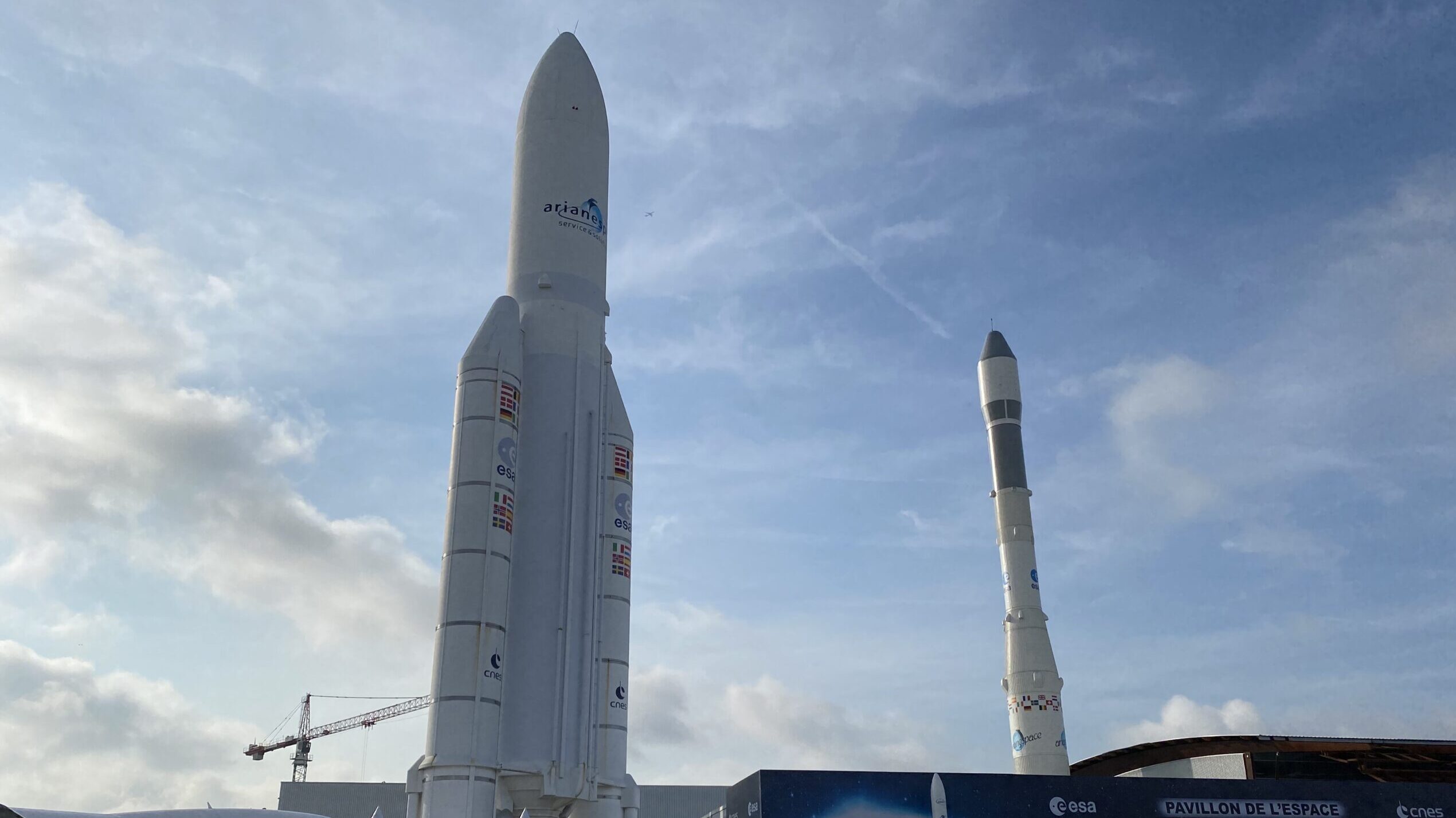
As Washington reorients toward deterring China and speaks plainly about allies doing more for themselves, Europe can no longer assume US space power will be available at historic scale and speed. European governments already acknowledge an Earth observation shortfall for defense and are moving to address it. The real gap with the United States, however, lies in high-end, niche strategic space capabilities, above all, missile early warning.
JEWEL, a new Franco-German initiative building on the EU-funded ODIN’s EYE, is the first serious step toward closing that gap. And it also provides a test case on whether Europe can draw domestic technology and financing while avoiding the workshare gridlock that has stymied other multinational efforts.
First, let’s lay out what JEWEL is. A two-tiered missile early warning effort that includes space-based infrared sensing paired with long-range ground radars, the program’s center of gravity is the ability to ingest space and radar observations, maintain custody of difficult targets, and disseminate targeting-quality tracks to a regional integrated air and missile defense picture in seconds, not minutes. An indigenous European warning layer would reduce single-point dependency on the US, strengthen deterrence, and, crucially, give European capitals agency over release decisions when timelines are tight and politics are fraught.
Here’s why it matters: JEWEL is not an EU-flagged program. Rather, it is a Paris-Berlin project designed to be compatible with EU capabilities and open to partners, with the intent that it be usable by non-EU NATO member states such as the United Kingdom and Norway. Seen through this lens, JEWEL is not a prestige project but a strategic adjustment.
Which brings up a final key point: that JEWEL is only a few weeks old as a concept, with the ink barely dry on the announcement. If France and Germany want strategic autonomy that works under stress, they must turn JEWEL from a communiqué into a capability with measurable performance.
Hardware will not be the bottleneck. Interfaces, budgets, workshare, and the politics of governance will.
Early warning sits inside a wider nervous system. Any European system, including JEWEL, needs a viable space backbone that is defined, not implied. That means region-wide service-level agreements, both through NATO and the EU, for assured satellite communications (including pre-negotiated commercial SATCOM surge), pooled ISR coverage from small optical and synthetic aperture radar constellations with edge downlink to corps- and brigade-level headquarters, and resilient positioning, navigation, and timing with protected signals and terrestrial backups. More importantly, it means codifying a data layer with common formats that functions in a degraded mode, because real conflicts will be contested in space and cyberspace from the start.
Launch cadence is the other determinant for success. Reconstitution of an early warning constellation cannot be an afterthought. France and Germany should book launch slots ahead of need, block-buy small satellite buses, and stockpile the parts that constrain schedules, such as infrared focal planes, cryocoolers, secure radios, and radiation-hardened chips. Planners should create rapid replenishment playbooks now and test them rigorously in exercises. A missile early warning architecture without a replenishment plan is a single-use capability.
The politics are solvable if tackled early. Data custody and releasability must be explicit: Who owns the track file, who authorizes publication to NATO and the EU, and at what fidelity and latency? Tie those rules to funding milestones so they are not renegotiated in the middle of a crisis. Industrial workshare and IP, long the bugbear of European bilateral and multinational projects, should be segmented to prevent gridlock: One partner leads on space sensors and payloads, another on fusion software, a third on ground segment and security, and so on. Lock software ownership and exportability up front; ambiguity here is where programs go to die.
Finally, Paris and Berlin should emphasize stability in their strategic narrative by embedding missile early warning and cueing in defensive terms to blunt nefarious claims that they are fuelling an arms race. Early warning deters miscalculation; it does not invite it.
To judge whether European countries are truly closing the gap with the United States, look for action, not talk. That means a JEWEL letter of intent and ODIN’s EYE implementation documents that spell out concrete latency budgets, track-quality thresholds, and interface definitions rather than restating aspirations. It means both governments announcing radar sites with clear command relationships and survivability plans, not just slick viewgraphs. It means negotiating space SLAs with EU and NATO member states for ISR coverage, SATCOM availability, PNT error budgets, and then rehearsing them in rigorous exercises that assume contested space and cyber domains. It also means French and German ministries and agencies locking down data sharing rules, including provisions for the UK and Norway via NATO channels, so stovepipes never form in the first place.
Three tangible actions would prove JEWEL is more than talk: disseminate to appropriate entities latency and track-quality targets and European/NATO integrated air and missile defense interfaces with a validation test schedule. Stand up a pilot fusion node that demonstrates end-to-end track publication under time pressure and repeat it in major exercises with degraded inputs. Finally, formalize a launch and reconstitution plan with pre-booked launch cadence and funded spares, essentially treating launch as a program element, not as an afterthought.
If France, Germany, and other partners get the interfaces, governance, cadence, and training right, Europe will own the decisive minutes in a crisis. If they fail, then today’s perceived transatlantic rift will become a very real vulnerability at the worst possible time.
John B. Sheldon, Ph.D., is co-founder of AstroAnalytica Ltd., a London-based space consultancy. Previous roles include advisor to the UAE Ministry of Defence and faculty member at the US Air Force’s School of Advanced Air & Space Studies, Maxwell AFB, AL.



